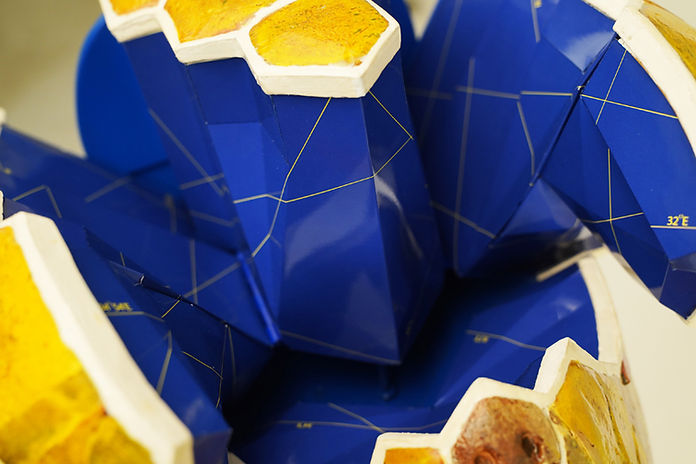

As you walk along the coastline of Caesarea, Israel, you see ancient potsherds scattered on the beach and the low cliff alongside it.
These 500,1000 and 2000 year-old shards attest to the rich life that existed here hundreds, even thousands of years ago.
Each piece was once part of a whole, perhaps a work of art that some artist or craftsman created in times gone by.
But many years ago, those creations were destroyed, broken, buried and forgotten, and their context was lost.
The winds, the waves and the passing of time slowly reveal more and more, hundreds and thousands of potsherds emerging from the sea and discovered in the sand beneath which they have lain buried


New destiny for ancient potsherds
In every such piece of clay, I see a sort of greeting from the past; a small piece of an artist’s or craftman work which was surely useful to or enjoyed by the people of the time.
I feel that these fragments "talk" to me, calling me to pick them up and bring them back to life.
To give them, once more, a new destiny, a new fate.
And so... from a random collection of potsherds from the past, I created a modern/ contemporary sculpture, with a strong affinity to the distant past.


The geometric shapes on the skin of the sea turtle sparked my imagination to explore how it looks "inside."
Is there a continuation of those geometric shapes? What does it look like, and what shape and color is it inside?


